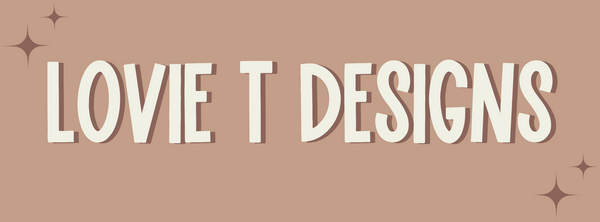DTG vs. DTF Apparel: Which Printing Method is Best for Your Needs?
Share
DTG vs. DTF Apparel: Which Printing Method is Best for Your Needs?
When it comes to custom apparel printing, two popular technologies stand out: Direct-to-Garment (DTG) and Direct-to-Film (DTF). Both methods offer unique benefits and cater to different needs. But how do they stack up against each other? In this post, we’ll dive into the key differences, pros, and cons of DTG and DTF printing to help you make an informed choice.
What is DTG Printing?
Direct-to-Garment printing is a method where ink is applied directly onto fabric using a specialized printer. It works similarly to an inkjet printer, but for textiles. DTG is known for its ability to produce highly detailed, full-color designs on apparel.
Pros of DTG Printing:
- High Print Quality: DTG delivers sharp, vibrant images with smooth gradients.
- Soft Feel: The ink soaks into the fabric, making the design feel like part of the garment.
- Eco-Friendly: Many DTG inks are water-based and environmentally friendly.
- Best for Small Runs: Ideal for one-off designs or short production runs.
Cons of DTG Printing:
- Fabric Limitations: Works best on 100% cotton or high-cotton blends.
- Pre-Treatment Required: Garments need pre-treatment for proper ink adhesion.
- Slower Production: DTG is not ideal for high-volume orders.
What is DTF Printing?
Direct-to-Film printing involves printing designs onto a special transfer film, which is then heat-pressed onto the fabric. This newer technology is gaining traction for its versatility and durability.
Pros of DTF Printing:
- Versatile Fabric Compatibility: Works on a wide range of materials, including cotton, polyester, and blends.
- No Pre-Treatment Needed: Eliminates the need for fabric pre-treatment.
- Durable Designs: Creates designs that are highly resistant to cracking, peeling, and washing.
- Cost-Effective for Large Orders: Efficient for bulk production.
Cons of DTF Printing:
- Slightly Stiffer Feel: Transfers sit on top of the fabric, which can feel less soft than DTG prints.
- Color Vibrancy Variability: Whites and bright colors may not be as vivid as DTG.
- Complex Setup: The process requires multiple steps, including printing, powder application, curing, and heat pressing.
Key Differences Between DTG and DTF
-
Fabric Compatibility:
- DTG excels on natural fibers like cotton.
- DTF can print on a wider range of materials, including synthetics.
-
Durability:
- DTF prints are typically more durable and wash-resistant.
- DTG designs may fade over time, especially if not cared for properly.
-
Production Speed:
- DTF is generally faster for large quantities.
- DTG is better for intricate, small-batch designs.
-
Cost:
- DTG is cost-effective for small runs but can be expensive for bulk orders.
- DTF’s efficiency shines in high-volume production.
Choosing the Right Method
- Use DTG if you prioritize high-quality, soft-feel prints and are working with natural fabrics. It’s perfect for custom designs, small batches, and eco-conscious brands.
- Choose DTF if you need versatile fabric compatibility, long-lasting prints, and cost-efficiency for larger orders.
Final Thoughts
Both DTG and DTF printing have their place in the custom apparel market. Your choice will depend on your specific needs, budget, and the type of garments you’re working with. Whether you’re a small business owner, a designer, or a print enthusiast, understanding the strengths and limitations of each method ensures you’ll get the best results for your projects.
